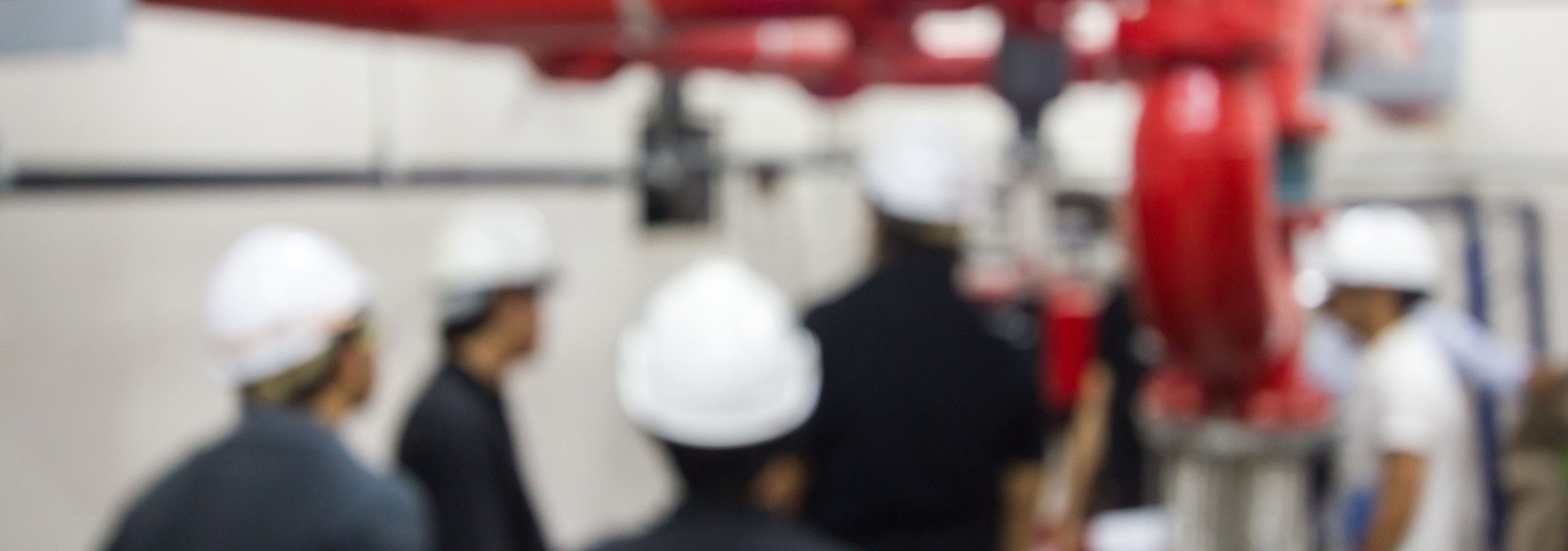The fire pump is arguably the one component that could be considered the heart of a building’s fire safety system. It drives adequate pressure and additional water volume to the fire protection system, including fire sprinklers and hydrants – the first defence against fire – and they simply won’t work unless enough water is readily available. Properly maintaining and testing the system’s fire pump needs to be a priority for building owners who want to keep occupants and property safe from harm in the event of an emergency.
High buildings are at higher risk from faulty pumps
Taller buildings and high risk storage and production facilities are especially vulnerable to fire without a fully functioning fire pump. The water that feeds a sprinkler system needs to travel to the fire in seconds, rising hundreds of meters in certain applications.
Powerful pumps are required, usually driven by diesel engines and electric motors, and the equipment demands regular testing, inspection, and essential maintenance to ensure that pressure and flow are adequate to reach the tops of the buildings and furthest sprinkler heads and hydrants.
Fire pump servicing
During an inspection, a professional will assess the overall condition of the fire pump to verify that it remains in good operating condition. This checklist includes:
- performing a visual inspection of system components in the pump room to make sure that mechanical components haven’t degraded over time;
- performing a flow test of the pump at rated and peak flow volumes;
- comparing results of the tests to previous tests and the original design criteria; and
- ensuring that pump components are properly lubricated.
A fire pump that is powered by a diesel engine requires regular maintenance and its engine, servicing; this includes replacement of the oil, oil filter, air filter, and fuel filter. This engine maintenance is very similar to the service you perform on your car to ensure it has a healthy life span.
Neglecting a fire pump can be expensive
Failure to maintain a fire pump will shorten its useful life; the typical lifespan of the equipment is about 20 years. And replacing a fire pump costs a lot of money, as it’s the single-most expensive component of any fire protection system.
Be sure that your pump and sprinklers are compliant and working
Making certain that your fire pump is operational is essential to the safety of your building’s occupants. Sprinkler systems save countless lives every year, as well as preventing huge financial losses due to fire damage.

